Climate - the average temperature and precipitation in an area over a long period of time
Troposphere - Layer of the atmosphere closest to the Earth's surface where most weather occurs
Stratosphere - Layer second closest to the Earth's surface which contains the ozone layer and temperature increases as height increases
Albedo - How much light is reflected from a surface
Hadley Cells - Convection cell where air rises at the equator and sinks at 30 degrees North and South
ITCZ - Intertropical convergence zone is around the equator where North and South trade winds meet and has low pressure
Polar Cells - Cold denser air at the poles sinks towards the equator as the warmer air at 60 degrees North and South rises toward their respective poles in a loop
Coriolis Effect - the rotation of the Earth causes a right deflection in the Northern hemisphere and left deflection in the Southern hemisphere
Gyres - patterns of water circulation in ocean currents
Upwelling - Deeper more nutrient rich water rising up to replace water that's moved away
Thermohaline Circulation - Warm currents rise and flow towards the poles where it freezes or evaporates along the way which leaves behind salt and increases the salinity which is denser so it sinks mixing with deeper ocean waters
ENSO - El Nino Southern Oscillation - occasional directional reversal of surface currents in the tropical Pacific Ocean
Rain Shadow - Air rising as it ascends the mountain cools as it expands because there is less pressure resulting in some of the water vapor falling out; then as it descends the leeward side of the mountain and warms as pressure increases resulting in warmer, drier air. The rain shadow is a result of the warmer drier air on the side of the mountain away from the water source
Current Event- http://www.bbc.com/news/science-environment-29152028
According to a study by the World Meteorological Organization (WMO and the UN Environment Programme (UNEP), the ozone layer has started a healing process relative to past years as the depletion has not increased. It will still take years for it shrink and at least half a century for it to approach 1980 levels, but the international movement to phase out chlorofluorocarbons and other ozone depletion materials appears to be taking effect. The article does say that CO2 emissions are still a problem but that by 2030 the decreased depletion of the ozone layer could have a very beneficial effect in maintaining the health of the creatures on Earth.
Reflection-
Human Impact: Human inventions have greatly contributed to the destruction of the ozone layer through CFCs and the greenhouse effect through increased emissions of carbon dioxide and other greenhouse gases. Humans have also contributed to the loss of biomes and endangering species because of their massive resource consumption that has resulted in deforestation, oil drilling and and other harmful activities that are made even more harmful because of all the harmful waste deposited in the environment and habitats destroyed. They are greatly affected by global climate patterns as the wind currents and ocean currents affect weather which humans must adapt to and also methods to travel. El Nino greatly affects fisherman and those in North America by causing a change in weather patterns.
Environmental Impact: Loss of the ozone layer means less UV protection for every living thing. UV radiation can result in genetic mutations and other detrimental health effects which can be extremely harmful to a species, and in turn the environment since organisms are so interconnected. Deforestation also results in a loss of biodiversity, especially in the rainforest, which is very negative since genetic variation is key to the continuing existence and evolution of life on Earth. Human activity is also causing change in climate that affects environments; it's thought that a rise in temperature and decreases of salinity in the water as a result of the greenhouse effect is contributing to coral bleaching which further decreases biodiversity since corals are the most biodiverse marine ecosystem.
Economic Impact: Loss of species has an economic price because ecosystems provide us with ecosystem services. For example, trees convert CO2 to O2 which is a service for humans and other animals. It's probably impossible to put a price on that particular service since it's unlikely we can make a machine to do that but there are other services like remedies in plants that we can put a price on. Getting rid of this has a detrimental effect on the economy in the long term as these are replenishable resources so long as we don't kill them too quickly. However, oil and natural gas are fast and effective at generating funds especially since much of our appliances and hence economy rest on them leading to a prioritization of drilling and fracking despite the environmental costs.
Government Legislation: There has been some government regulation, especially with the Environmental Protection Agency in the United States and the creation of the endangered species list along with the restrictions on hunting animals on that list. There is still a push for greater legislation around the world as evident by a huge march in New York City and accompanying worldwide marches on Sunday, September 21. The UN head Bam Ki Moon will be presiding over a climate summit meeting this week to internationally address climate change and Secretary of State John Kerry is also holding international meetings to discuss energy and environmental policy. (Here's an article about the march even though I didn't choose it as my current event)
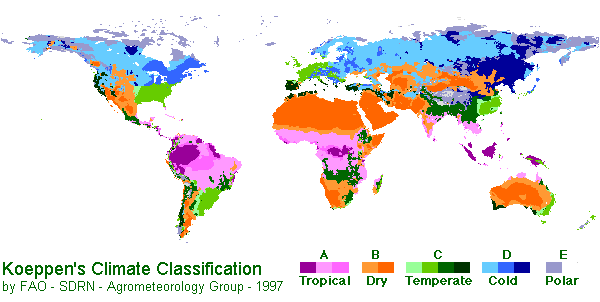

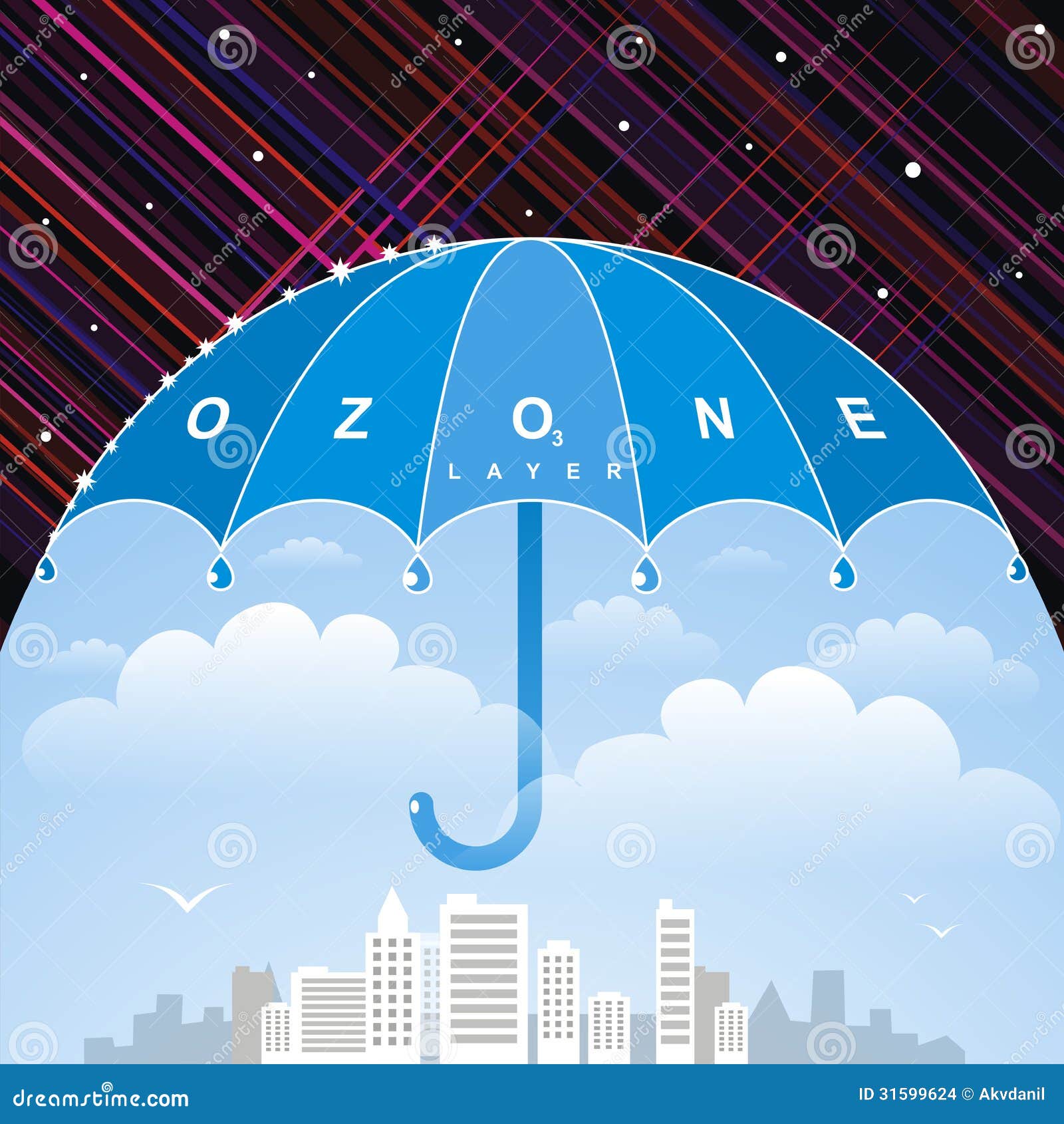




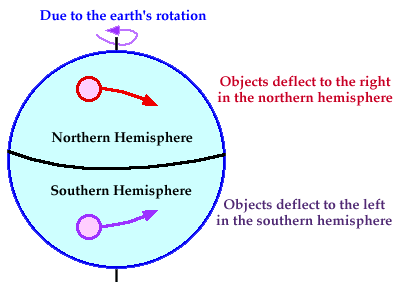


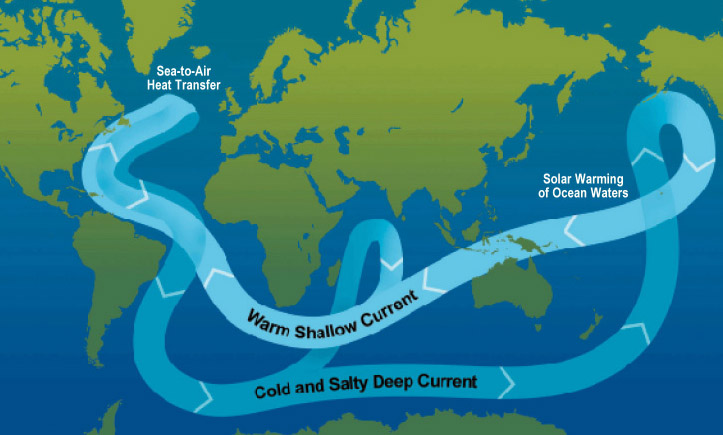
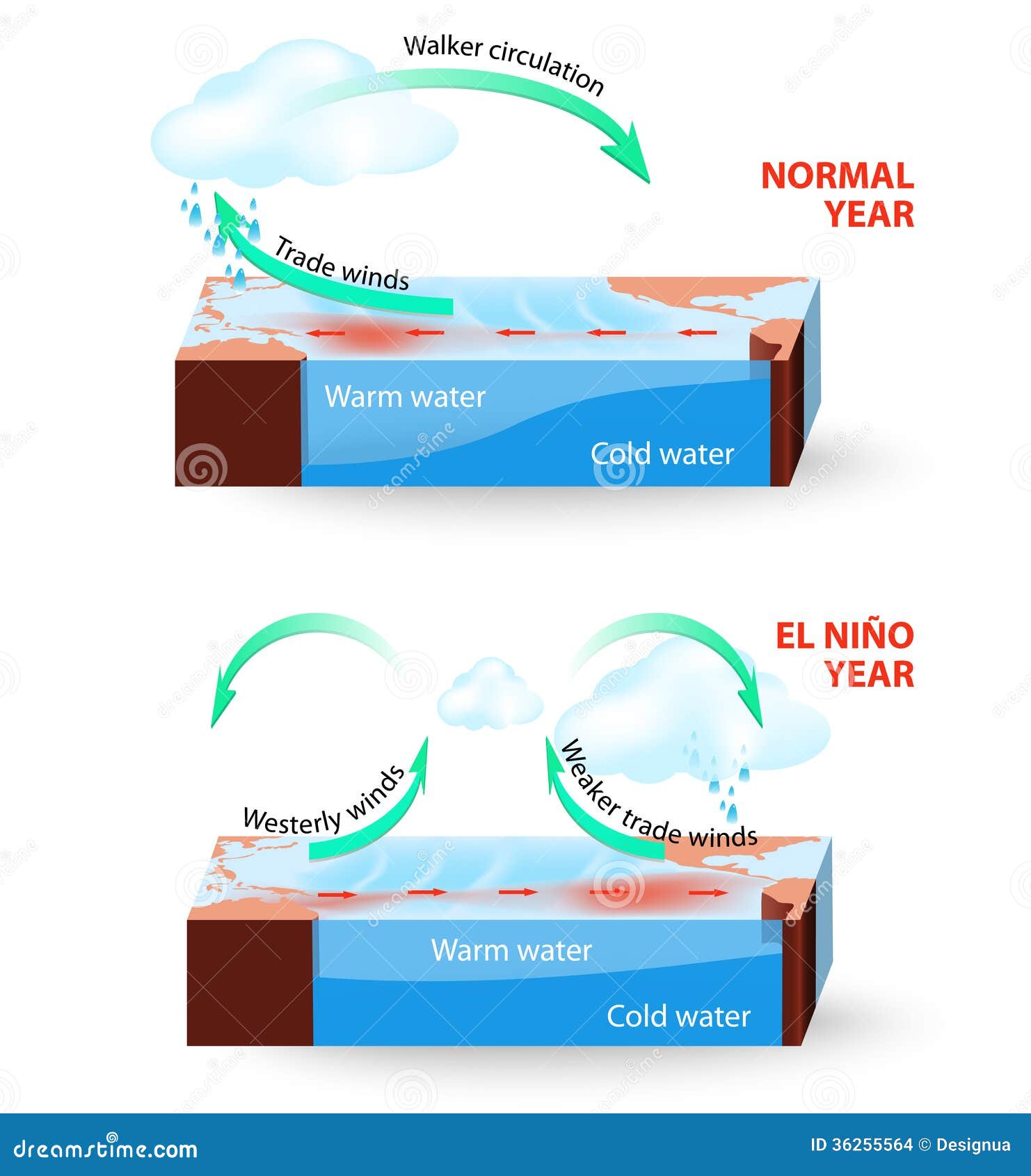

No comments:
Post a Comment